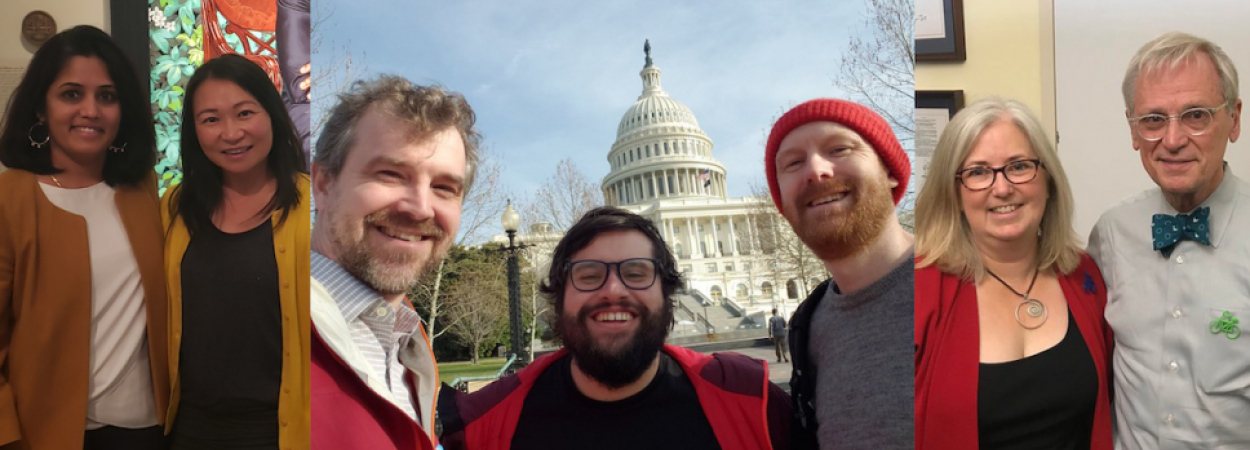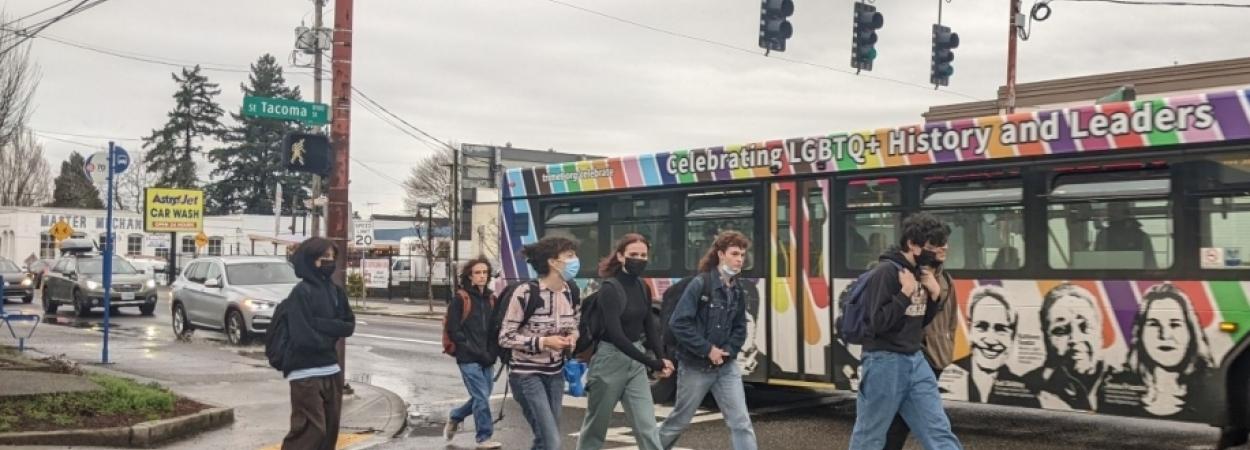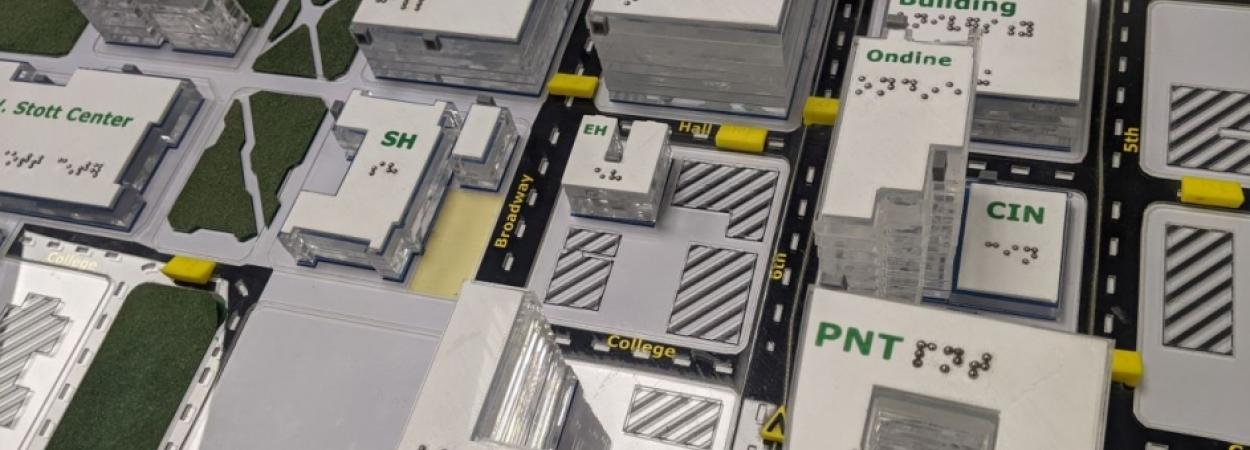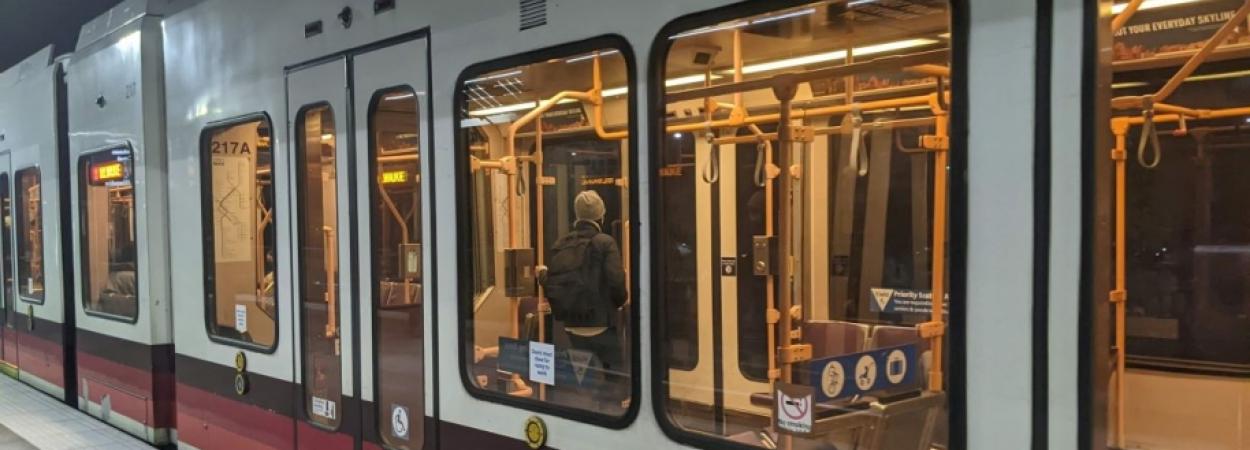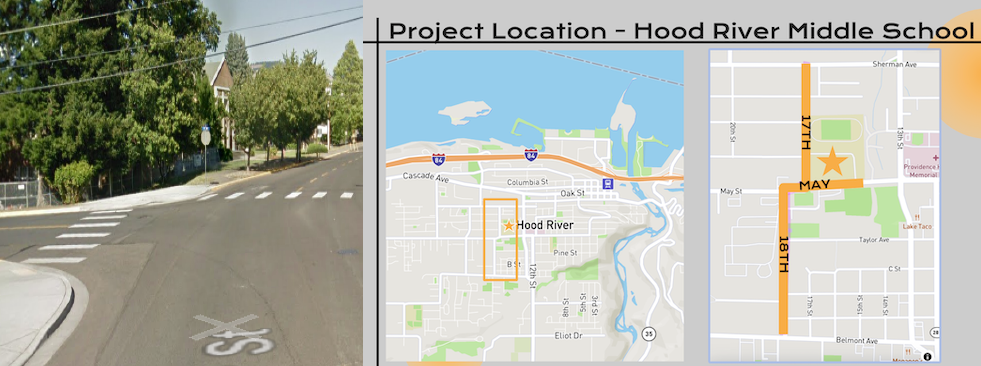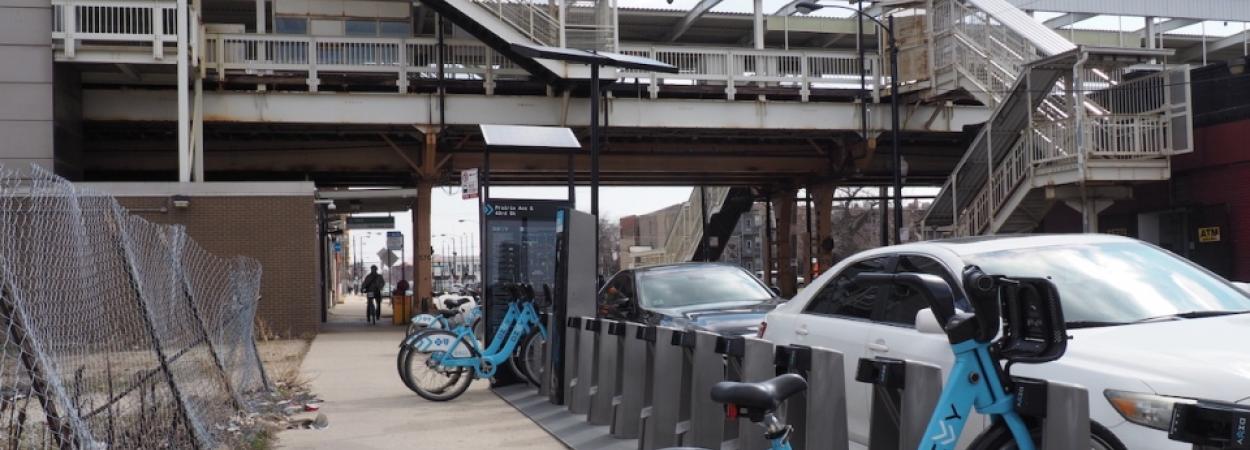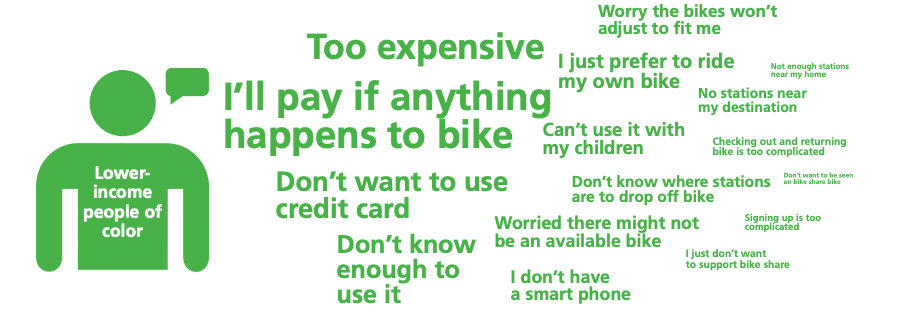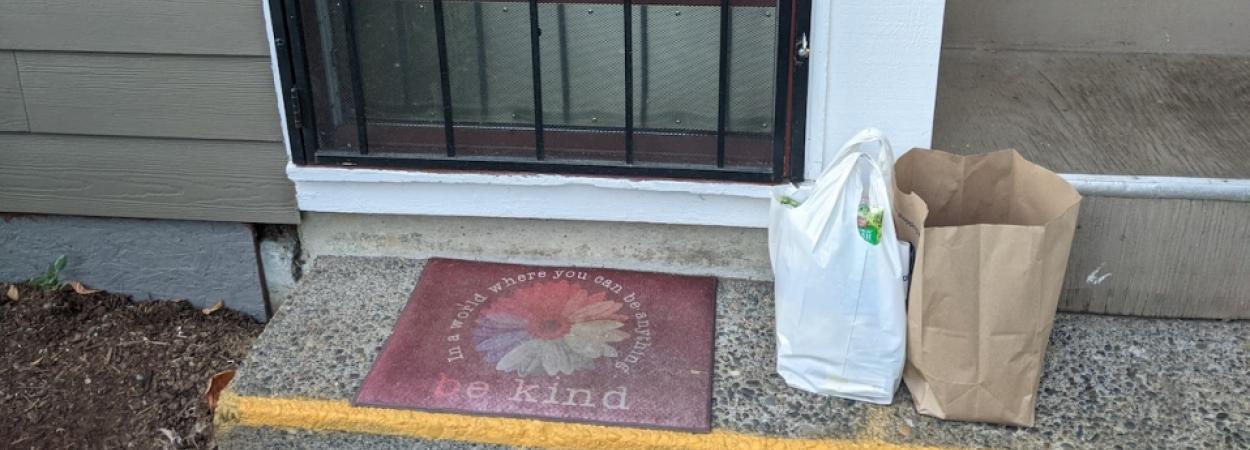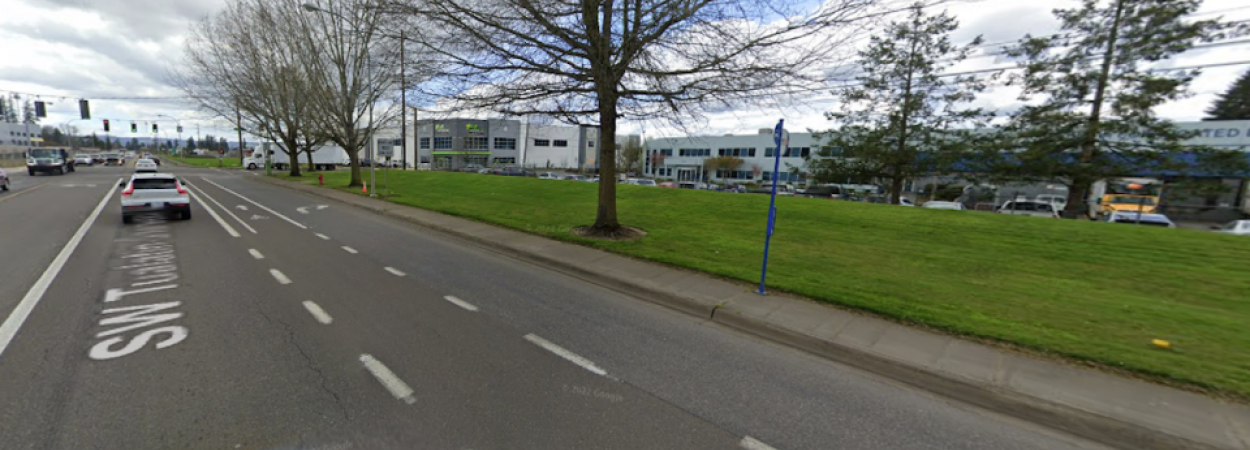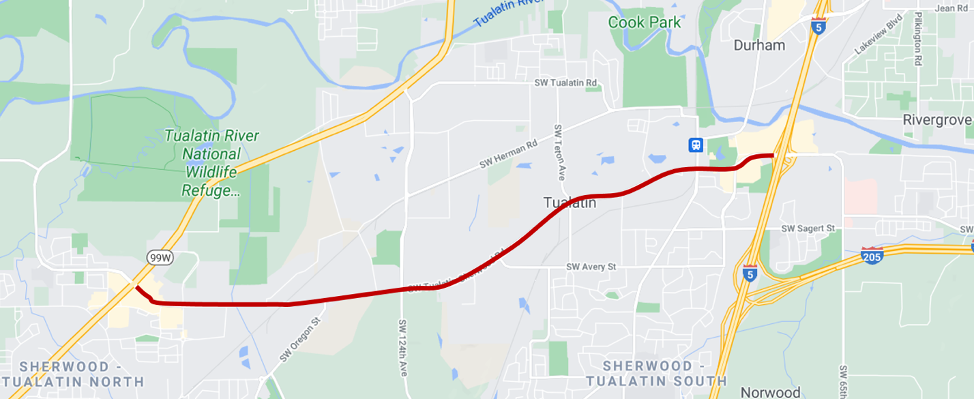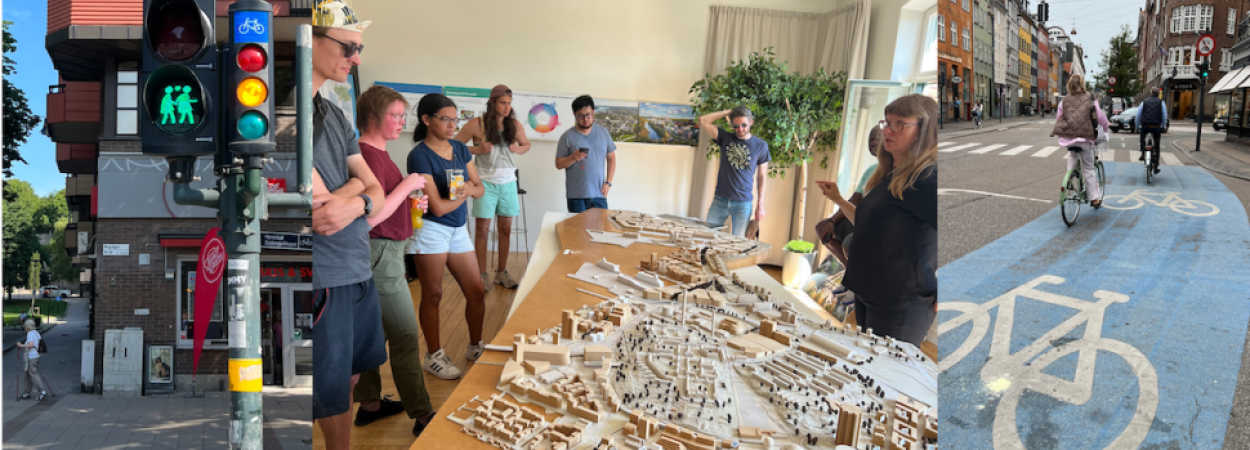The 102nd annual meeting of the Transportation Research Board (TRB) will be held January 8–12, 2023 in Washington, D.C., and ten of Portland State University's core transportation faculty and researchers will be sharing their expertise at the largest transportation conference in the world. The TRB annual meeting attracts thousands of transportation professionals from around the globe to address transportation policy, practice, and plans for the future.
The spotlight theme for the 2023 meeting is Rejuvenation Out of Disruption: Envisioning a Transportation System for a Dynamic Future.
VIEW THE ONLINE GUIDE TO PSU AT TRB 2023
A Few Session Highlights to Watch For:
Monday, Jan 9, 10:15 AM - 12:00 PM, Analyzing the Impacts of Intersection Treatments and Traffic Characteristics on Bicyclist Safety: Development of Data-Driven Guidance on the Application of Bike Boxes, Mixing Zones, and Bicycle Signals – Senior Research Associate Sirisha Kothuri of PSU's Maseeh College of Engineering will present in a lectern session alongside Brendan Russo of Northern Arizona University, Edward Smaglik of Northern Arizona University, and David Hurwitz of Oregon State University.
Kothuri’s primary research interests are in the areas of multimodal traffic operations, bicycle and pedestrian counting, and safety. See more transportation research projects she has worked on at PSU.
Monday, Jan 9, 3:45 PM - 5:30 PM, Driver and Bicyclist Comprehension of Blue Light Detection Confirmation Systems – PSU's Associate Dean of Academic Affairs and civil engineering professor Chris Monsere will present with Sirisha Kothuri in a poster session alongside Douglas Cobb of Burgess & Niple and David Hurwitz and Hisham Jashami of Oregon State University.
Monsere's primary research interests are in design and operation of multimodal transportation facilities including user behavior, comprehension, preferences, and the overall safety effectiveness of transportation improvements. See related research projects.
Tuesday, 10:15 AM - 12:00 PM, Evaluation of Red Colored Pavement Markings for Transit Lanes – Urban Studies & Planning Professor Jennifer Dill, director of TREC and the National Institute for Transportation and Communities (NITC), will present in a lectern session along with Chris Monsere and TREC Research Associate Nathan McNeil, who conducts research on impacts of active transportation and transit equity.
PSU researchers are working with the City of Portland and TriMet to improve mobility and transit access under the Enhanced Transit Corridors Plan and Rose Lanes Project. Learn more by watching a May 2022 presentation on this project.
Wednesday, 8:00 AM - 9:45 AM, Explore Regional Variation in the Effects of Built Environment on Driving With High Resolution U.S. Nation-Wide Data – Liming Wang, associate professor in the Nohad A. Toulan School of Urban Studies and Planning, will present in a lectern session on reproducible research in traffic flow theory.
Wang's research takes a data-driven approach to address challenging issues in planning, in particular those intersecting land use and transportation. See more of his transportation research projects.
Wednesday, 8:00 AM - 9:45 AM, Evaluating the Potential of Crowdsourced Data to Estimate Network-Wide Bicycle Volumes – Sirisha Kothuri and Nathan McNeil will present in a lectern session with TREC research associate Joe Broach, who is an instructor in the School of Urban Studies and Planning and a Senior Researcher and Modeler at Metro (MPO), along with Md Mintu Miah, University of California, Berkeley; Kate Hyun and Stephen Mattingly, University of Texas, Arlington; Krista Nordback, UNC Highway Safety Research Center; and Frank Proulx, Frank Proulx Consulting.
Supported by a pooled fund grant administered by the National Institute for Transportation and Communities (NITC), Sirisha Kothuri led this research project aimed at fusing traditional and emerging data sources together, to derive bicycle volumes for an entire transportation network. Read more about the project or watch the video overview: Data Fusion Techniques to Estimate Network-Wide Bicycle Volumes.
2023 Eisenhower Fellow
[[{"fid":"6160","view_mode":"default","fields":{"format":"default"},"type":"media","field_deltas":{"1":{"format":"default"}},"attributes":{"height":"214","width":"180","style":"float: left; margin-right: 15px;","class":"media-element file-default","data-delta":"1"}}]]We are proud to acknowledge Portland State University engineering masters student Cameron Bennett, who has been awarded a Dwight David Eisenhower Transportation Fellowship for the second year. Bennett, who won his first Eisenhower Fellowship last year, will receive another presented by the U.S. Department of Transportation at this year's annual meeting of the Transportation Research Board (TRB). Read more about Cameron.
Cameron's primary research focus is on facilitating the use of active transportation, and promoting mode shift away from single-occupancy vehicles. Working with TREC's Sustainable Transportation Program Manager, John MacArthur, he helped to develop an online tool to track e-bike incentive programs in North America. He presented a poster on this work at last year's TRB annual meeting: How E-Bike Incentive Programs Are Used to Expand the Market (PDF). This year, Cameron will be presenting a poster on e-bike incentive programs in Poster Session 3096, Dwight David Eisenhower Transportation Fellowship Program Poster (Session 2), on Tuesday, January 10.
NITC Reception at TRB 2023
The National Institute for Transportation and Communities (NITC) invites partners and members of our research consortium of six NITC universities (Portland State University, University of Oregon, Oregon Institute of Technology, University of Utah, University of Arizona and University of Texas at Arlington) to a reception at the Crown & Crow on Tuesday, January 10 for a night of networking, fun, and transportation bingo. RSVP to the NITC reception!
Portland State University's Transportation Research and Education Center (TREC) is home to the U.S. DOT funded National Institute for Transportation and Communities (NITC), the Initiative for Bicycle and Pedestrian Innovation (IBPI), PORTAL, BikePed Portal and other transportation grants and programs. We produce impactful research and tools for transportation decision makers, expand the diversity and capacity of the workforce, and engage students and professionals through education and participation in research.

